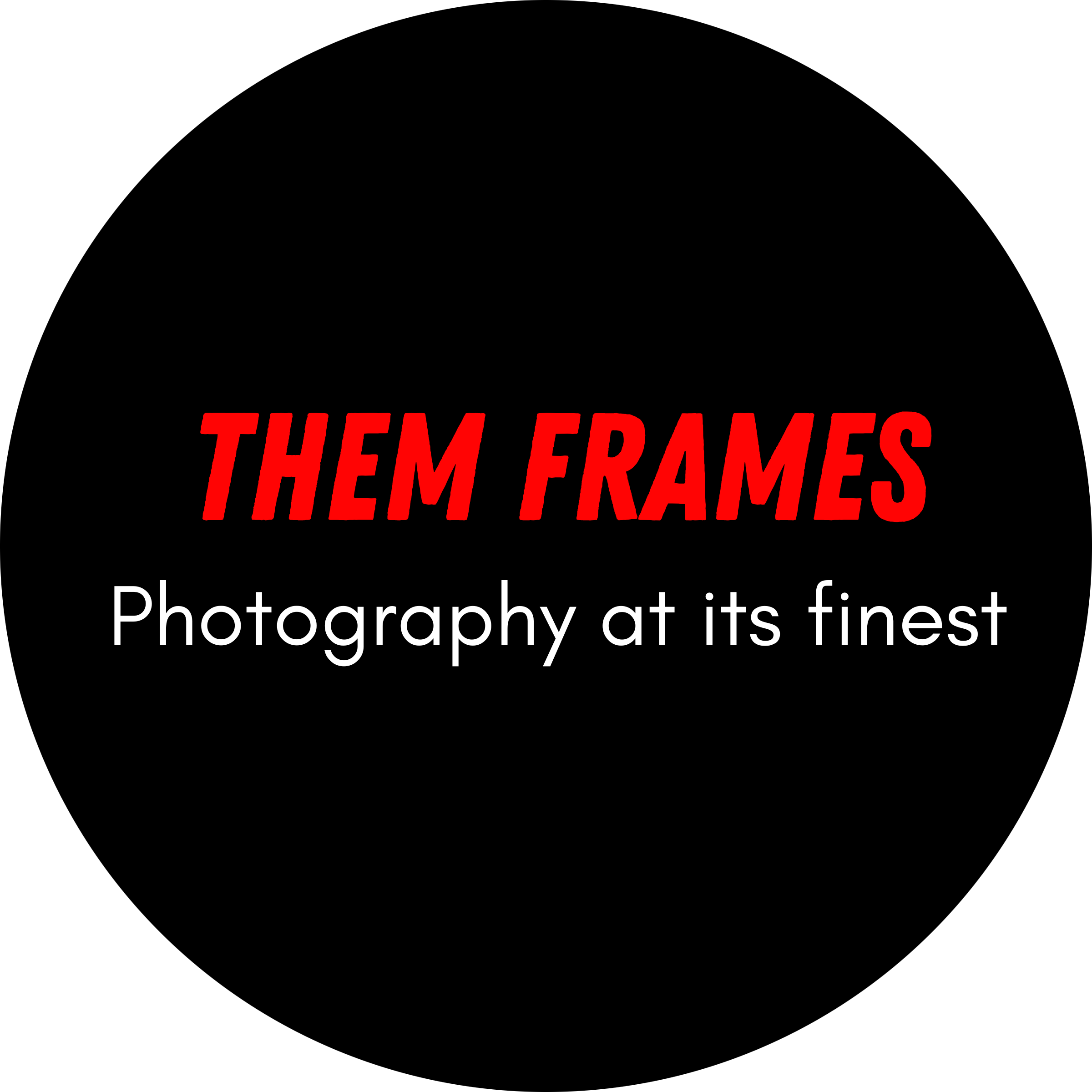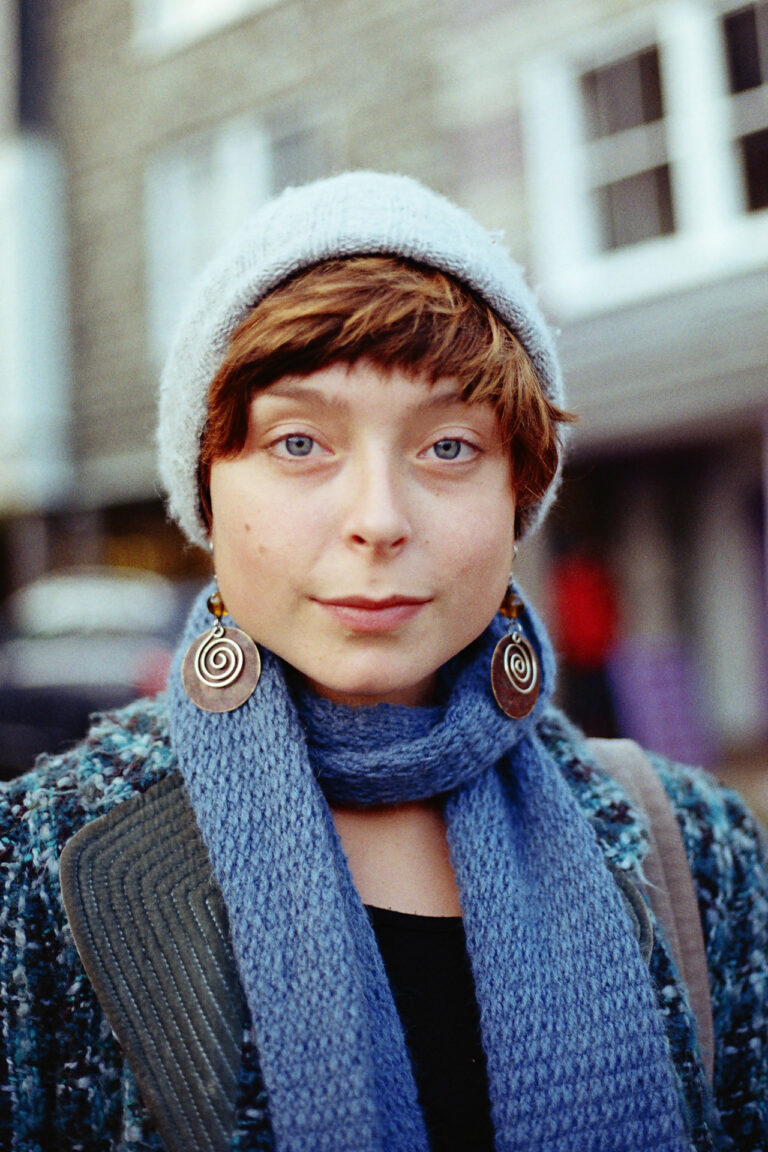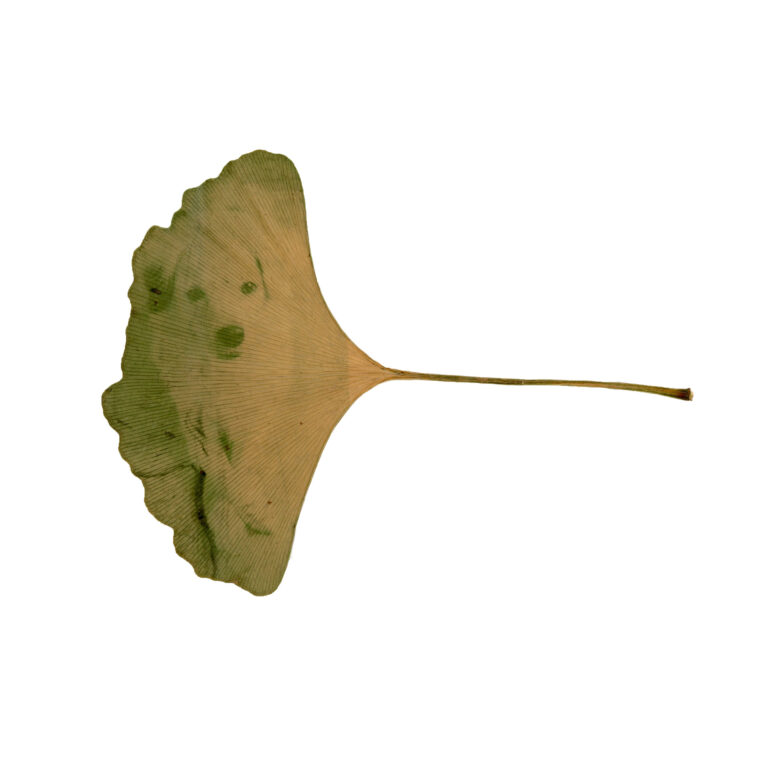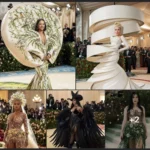
Ten Years: Sandra Cattaneo Adorno
If there’s ever living embodiment of “it’s never too late” it’s Sandra Cattaneo Adorno. The Brazilian photographer was 60 years old when she first embarked on her photographic journey. Her creative abilities began to shine quickly. She’s already had a string of successful works, many in the form of photo books. We’re here to talk about her latest offering: Ten Years.
Ten Years is Adrono’s way of reflecting on her first decade practicing photography. Perhaps, you could say it’s her way of being introspective, and this is further reflected in the fact she opted to publish inverted images. It’s a risk, but she’s struck gold. The assembling of the book is a work of art in itself and the stories in the images remain the star of the show.
The book launches on Saturday, November 9th at Paris Photo. In anticipation of its release, I caught up with Andorno to learn more about her first ten years within the craft. We also explored her process for creating, what’s now, her fourth photo book within that time.
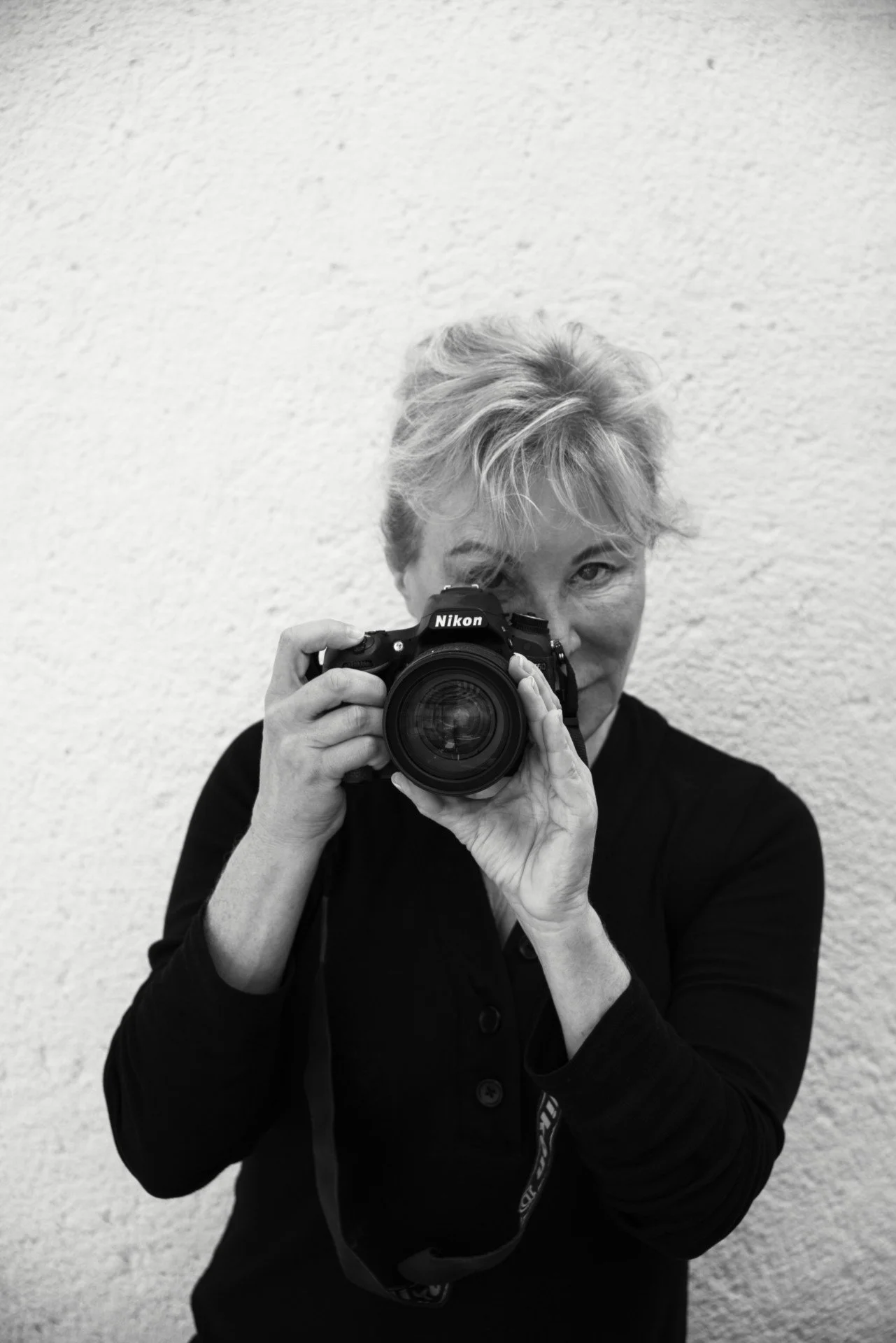
Sandra Cattaneo Adorno
Them Frames: Hello Sandra! You didn’t turn to photography until you were 60 years old. Has the flame always been there or did something specifically inspire you to pick up a camera?
Sandra Cattaneo Adorno: I first started photographing when my daughter, Gwen, invited me to join her in a workshop run by Alex and Rebecca Webb as a present for my 60th birthday. I did not know what to expect from the experience, but I accepted because I thought it could be a good excuse to spend some time with her.
As I first started shooting, however, something clicked and I felt a buzz running through me. The flame was kindled then, I didn’t know it was there at all. Before I started photographing, the street was for me a place that I used to go from A to B without being too conscious of what was happening around me.
Through photography, I started to become alert to scenes and gestures that I had never noticed before, and to the beauty of light, shapes and colors. Being able to frame these elements in an image is a kind of magic that still fascinates and surprises me.
Them Frames: Your latest book is titled Ten Years, and is a reflection of your first decade in photography. Can you put into words what the journey has been like and some of your personal highlights along the way?
Sandra Cattaneo Adorno: My photographic journey has been a beautiful adventure that has taken me to unexpected places and has allowed me to meet some wonderful and inspirational people.
The guiding principles of my photographic approach have been play and experimentation: they are in fact at the heart of the feelings of wonder and surprise that motivate me to go out with my camera and take pictures.
Being playful also allows me to experiment with my photography without being too concerned about the final result.
Taking pictures then becomes a very liberating and creative process. As time went by, I became more aware of different ways of presenting my work. I have experimented with materials that could accentuate the aesthetic impact of the images, such as the golden metallic ink I have used in the project Ten Years.

Sandra Cattaneo Adorno: Ten Years
One of my most memorable shooting experiences happened earlier in my career, when I took the picture of Ipanema Beach that has probably become my most recognisable image. On the day I took that photograph, the weather conditions were very unusual: the tow was really strong and people hesitated to go into the sea, which is normally brimming with people; moreover a thick mist was rising from the beach and rendered the scene very eerie.
When I took the picture, I was amazed at being able to capture in an image such a strong evocative mood. Back then, I had just started taking pictures and was still uncertain as to what I could do with my camera and where my photography could go.
As this image was selected as one of the best pictures of the year by National Geographic, however, I realized that my photography had value and that I wanted to commit to it and take it further.
One of the sweetest memories I have is of a little girl who came to me during the opening of my Ten Years exhibition in Venice and told me how much she liked my photos. I was moved and happy that my images could resonate with someone so young, and maybe they will inspire her to become a photographer, too!
Them Frames: Inverting images is always a risk, as you can never be sure how your audience will react. Where did the desire to take the risk come from and how do you feel about how it has been received?
Sandra Cattaneo Adorno: I thought that inverting the images could provide an interesting and unusual perspective to the project, as it increases the mystery of the scenes while highlighting certain details that would otherwise go unnoticed.
I believed it also worked aesthetically, because it created variety in the series, as by inverting some of the images I obtained more areas of pure gold, as well as figures who were completely golden and that contrasted with the darker figures in the non-inverted images.
I think that the result is quite harmonious visually, so the viewers didn’t really perceive any jarring element in the project. The reception was therefore mostly positive, as the onlookers reacted to the general feel of the images more than to the technique employed, which is precisely what I intended to achieve.
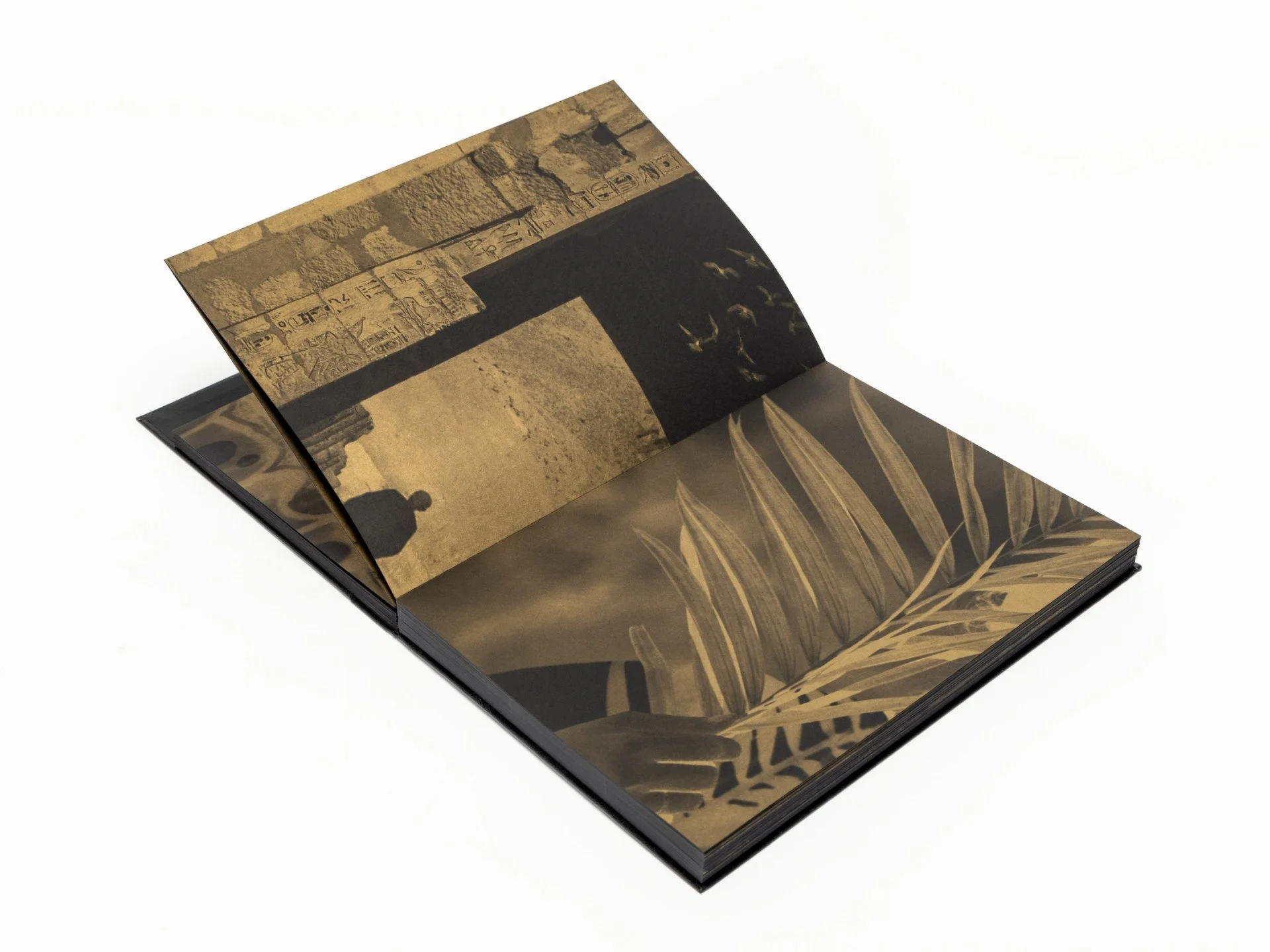
Sandra Cattaneo Adorno: Ten Years
Them Frames: There’s use of Golden Metallic Ink in the book. For those unaware…what is that and why did you choose to use it for the work?
Sandra Cattaneo Adorno: The use of golden ink is for me a way to express the magic of the process of taking pictures. I am not able to identify exactly the reasons why I frame a particular scene the way I do, but I am fascinated by how this gesture that appears almost automatic is deeply connected to my life and experiences.
The immediacy with which the eye, the heart and the finger align in a split second is, for me, still a big and wonderful mystery. Additionally, the golden ink has a very personal significance, as it reminds me of the golden paint used by dancers to cover their body during Carnival in Brazil.
So painted, the dancers look otherworldly and magical. Through the golden ink, I wanted my pictures to convey a similar effect of wonder, enchantment and beauty.
At the same time, the use of gold helps me to abstract the images and set them apart from the scene in front of me. The photographs are then transposed into a different kind of reality, a more subjective one. I therefore see the golden ink as a thread that connects objective reality to the realm of memories and dreams.
The black paper I used in the book and the prints of the exhibition contributes to abstracting the figures, as it leaves them deprived of an identifiable background. As the scenes unfolding in front of me merged with my memories, reality seemed to acquire a more personal and abstract tinge, that I felt I could appropriately express through this printing process.
Them Frames: The book looks at how you have evolved as a photographer. I’m curious how has your relationship with the craft evolved over the past decade?
Sandra Cattaneo Adorno: Looking back at my photographic career, I can distinguish a path that is leading towards more experimentation in the ways in which I exhibit my work, ranging from the use of innovative inks and materials to my most recent exploration of the possibilities of connecting stills and projections, visuals and sound.
In my first book, The Other Half of the Sky, I honed my skills in street photography and I developed my ability to capture gestures and situations while refining my aesthetic approach to light and color.

Sandra Cattaneo Adorno: Ten Years
In my second book, Águas de Ouro, I started to use photography in a more personal way to reconnect to my personal memories of growing up in Rio, but I also began to think more about non-traditional ways of showing the work through the use of metallic ink.
With my third book, Scarti di Tempo, I pushed the subjective quality of my photos even further, creating images that were very abstract and mysterious. I believe that in Ten Years all these previous approaches converged and were amplified.
At the same time, the project took the form not only of a book, but also of an exhibition, where the images were in dialogue with sound and were also incorporated in a projection. I am now more and more excited about the possibilities that exhibitions can offer me to make the viewers participate in my projects in a more interactive way.
Them Frames: I’d love to know what life was like growing up in Rio De Janeiro and how, if at all, you feel those early years have influenced the way you make images…
Sandra Cattaneo Adorno: I was born in Rio de Janeiro and I spent my childhood there, but I left it to go study abroad when I was a young girl and have never spent long periods of time in Brazil after that. I am sure that its strong light, bright colors and energy, though, have significantly framed my way of seeing and photographing.
Interestingly, taking pictures has allowed me to reconnect with the city of my childhood, which eventually resulted in my second book, Águas de Ouro. In the images of this project, I tried to capture my childhood memories transformed by the changes Rio has undergone throughout the years.
The city has changed in many ways, but one of the most significant differences from the time I was a child is that Brazilians from all walks of life and social backgrounds can now easily go to Ipanema and use the beach.
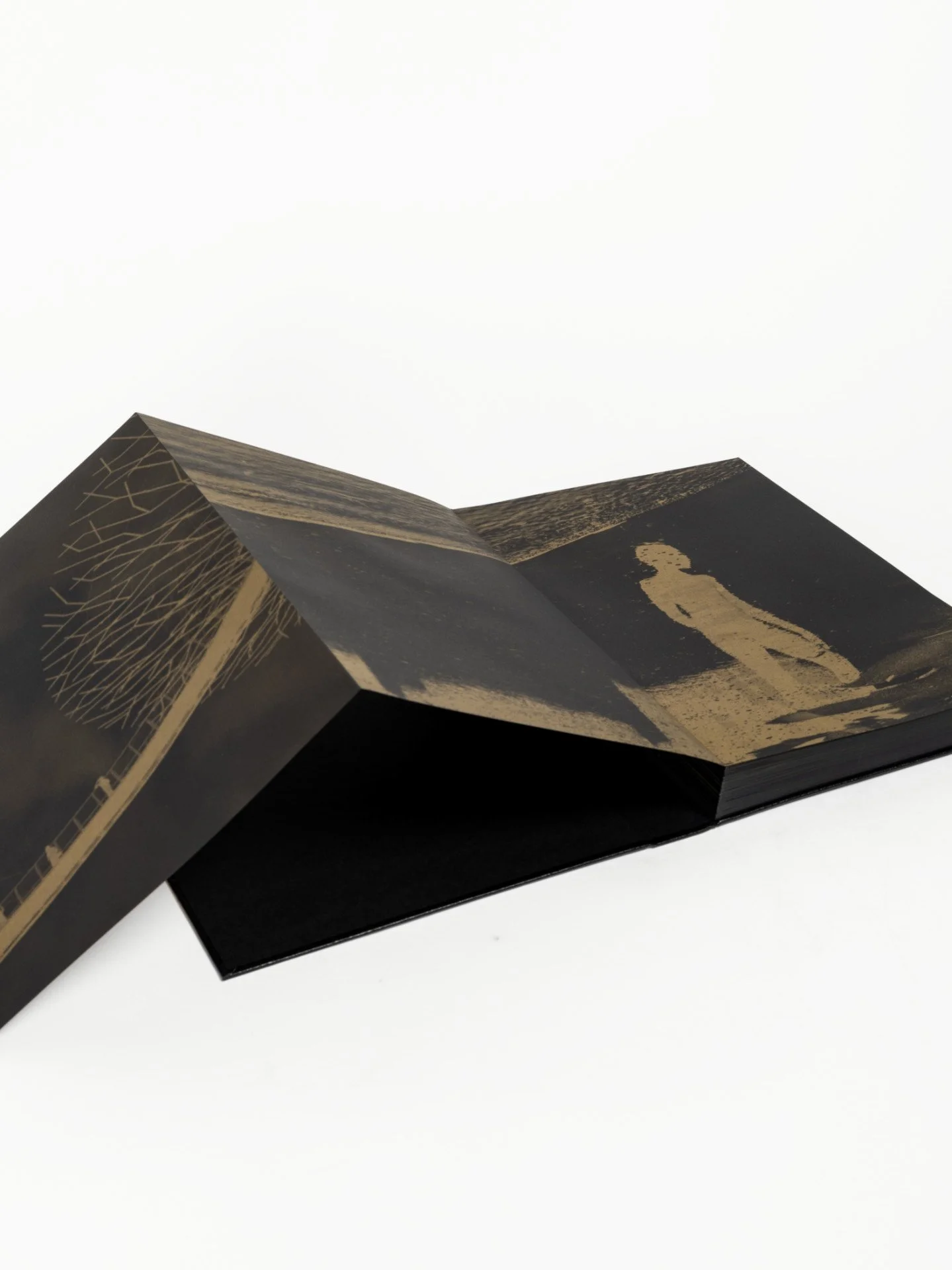
In the past, by contrast, the beach used to be visited only by the people who lived there. In fact, many of the people I have photographed are from underprivileged areas, but they can now go to Ipanema thanks to public transport. Their joy of being at the beach is one of the elements that I wanted to try and capture, as it reminds me of the feelings I experienced being there as a child.
As I mentioned earlier, the use of golden metallic ink is also connected to my Brazilian upbringing, as it reminds me of the golden paint in which dancers cover their bodies during the Carnival celebrations. That also is an element of enchantment and magic for me.
Them Frames: Finally, please could you finish this sentence. I need photography in my life because…
Sandra Cattaneo Adorno: … It is a source of immense joy!
You can see more details about the launch of Ten Years by visiting the Paris Photo website. For more from Sandra Cattaneo Adorno, be sure to check her website and Instagram.
Want your work featured on Them Frames? Pitch us.
